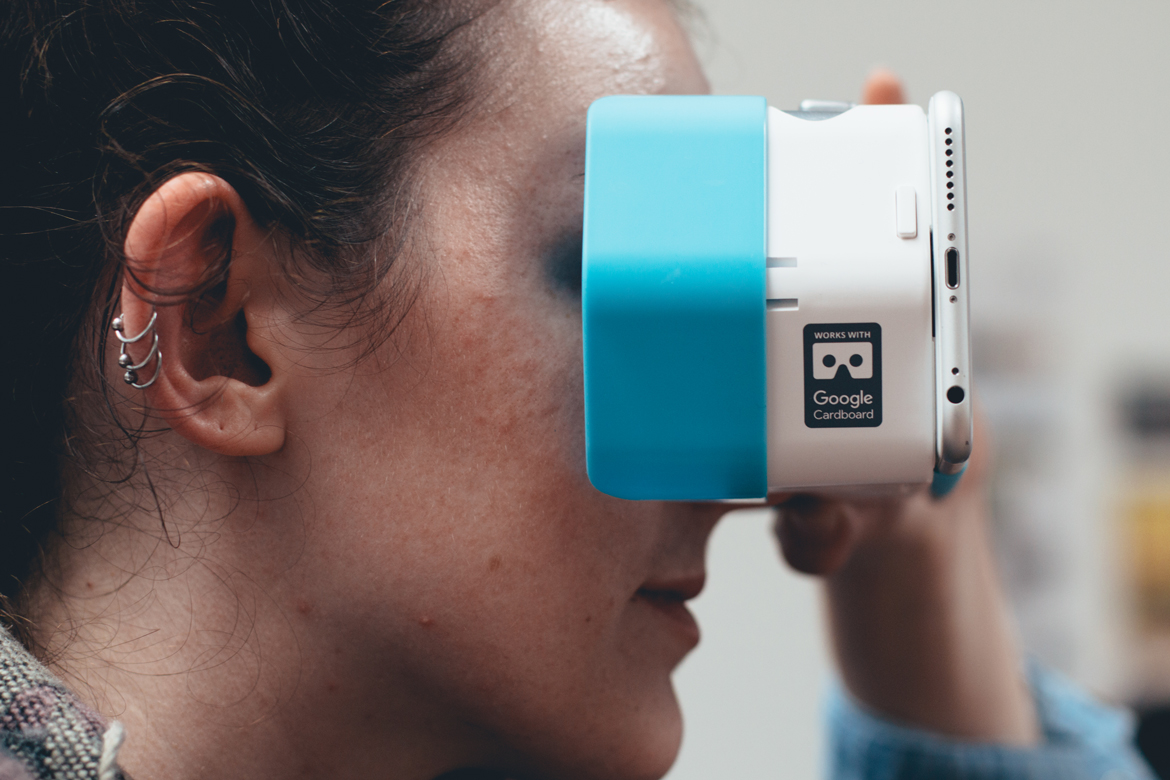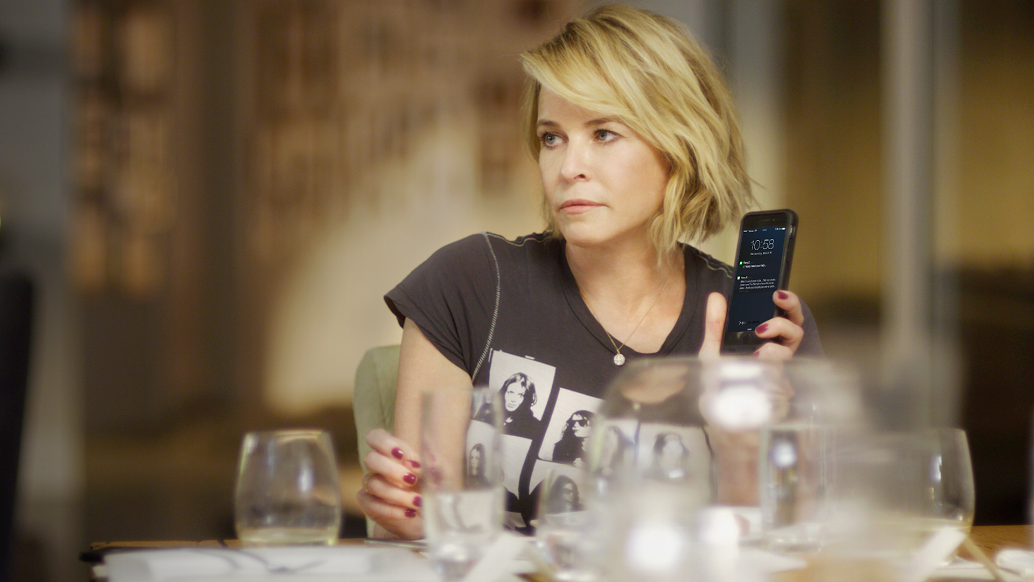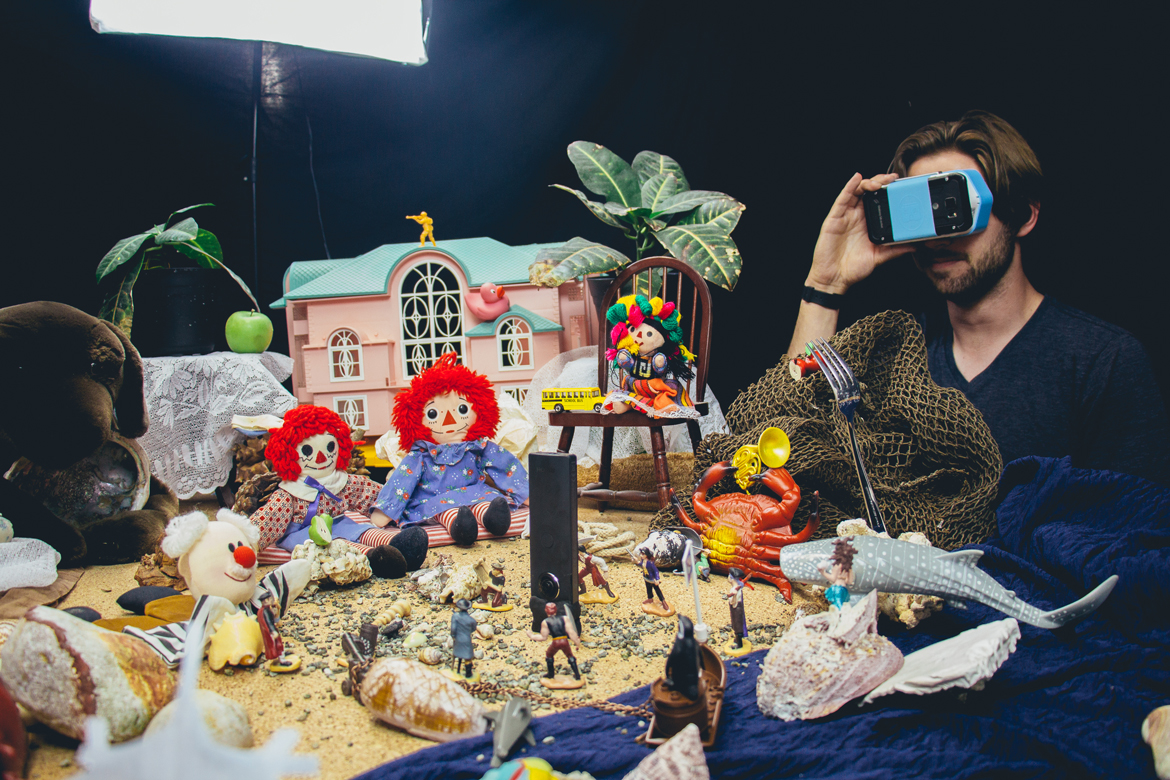
Tiny Eye
VR · iOS · Android
From in-home entertainment consoles to sporting events and retail installations, virtual reality has quickly become an everday sight for many people. Yet in early 2016 there were very few ways for the average person to get their hands on an immersive virtual experience. We wanted to create an accessible VR game that everyone could enjoy.
Role
Lead Designer
Year
2016
Download Link
Apple App Store »
Overview
Inspired by the classic seek-and-find children's game, Tiny Eye began as a proof-of-concept that evolved into a full VR experience. I entered midway through the project to provide creative direction, help assemble miniature dioramas and guide the app to a successful simultaneous launch on both the Google and Apple app stores.
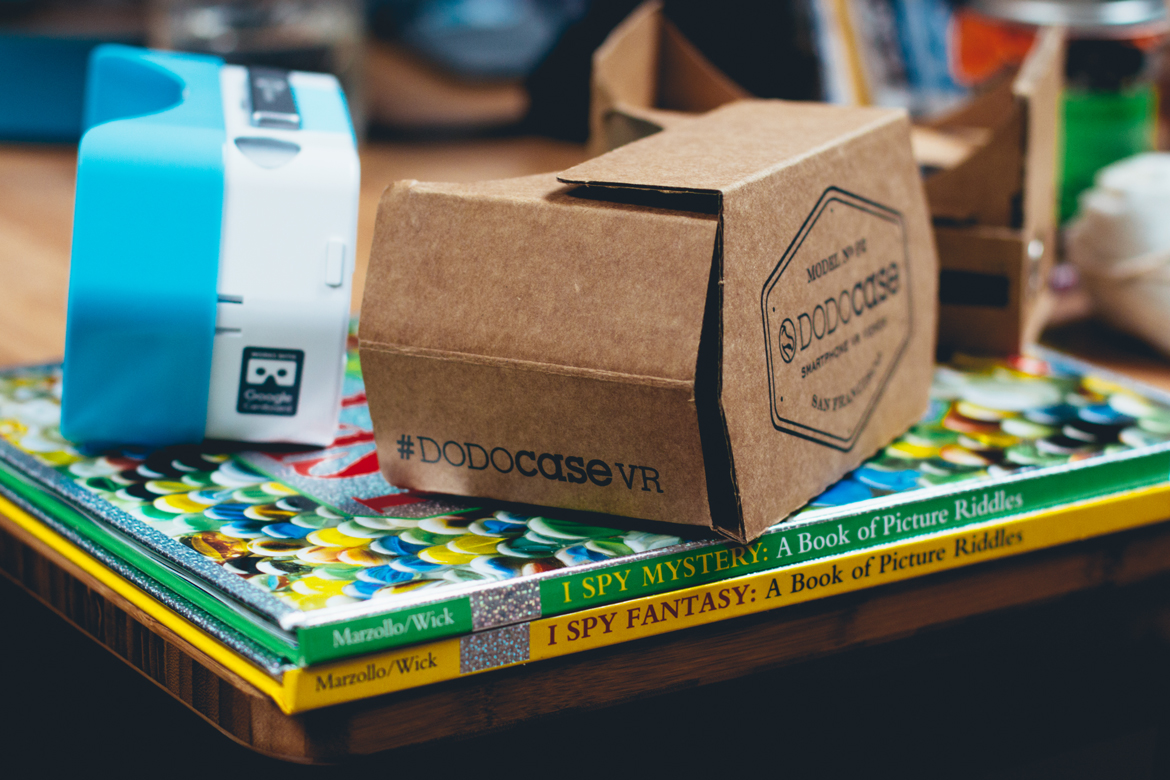
Mobile Compatibility
We designed Tiny Eye to be used on mobile VR headsets so that people wouldn't need an expensive stand-alone system like the Oculus Rift or HTC Vive. The only requirement is an iOS or Android device and an inexpensive mobile VR viewer. For a time, Google even offered free Cardboard giveaways and DIY instructions for creating one yourself out of common materials found around the home.
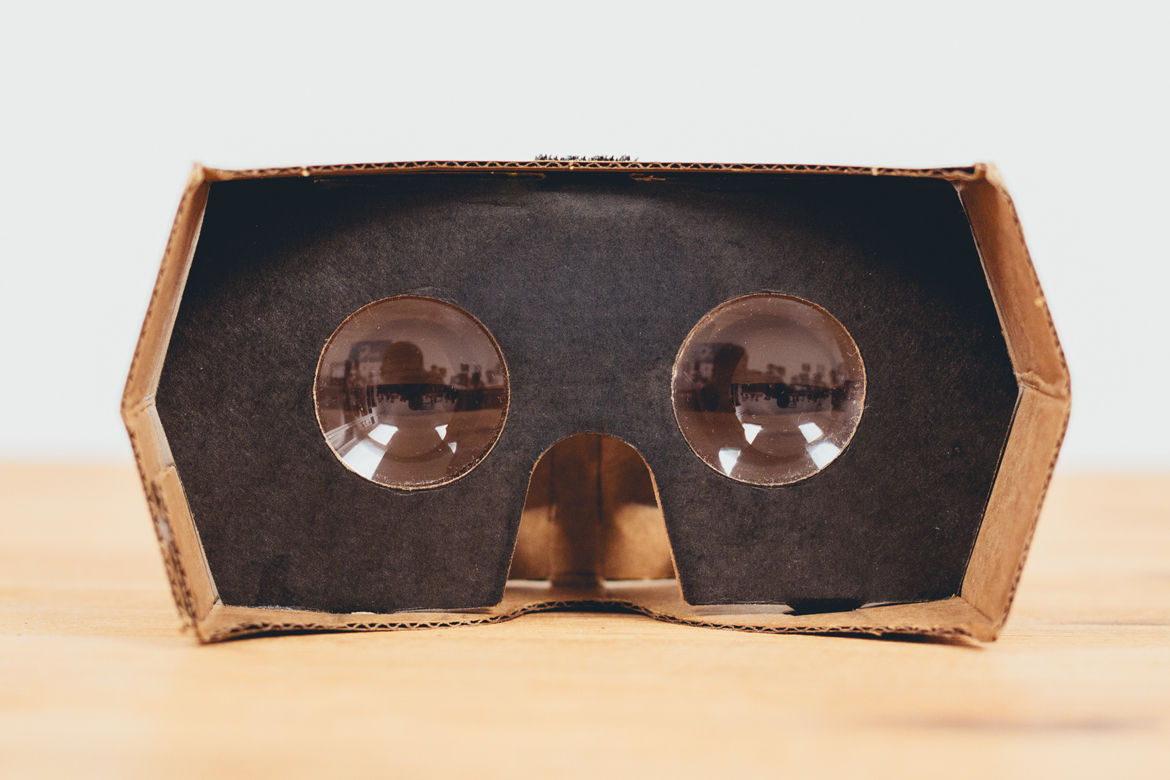
A Google Cardboard viewer used to test the app during development
Accessibility
With our goal being to make the game accessible to as many people as possible we included a mode allowing users to play it without a VR headset. In this mode, holding your phone in front of you and spinning around reveals more of the photosphere. Utimately, using a headset delivered the most immersive experience so we made sure it would work with a wide variety of devices, operating systems and VR viewers.
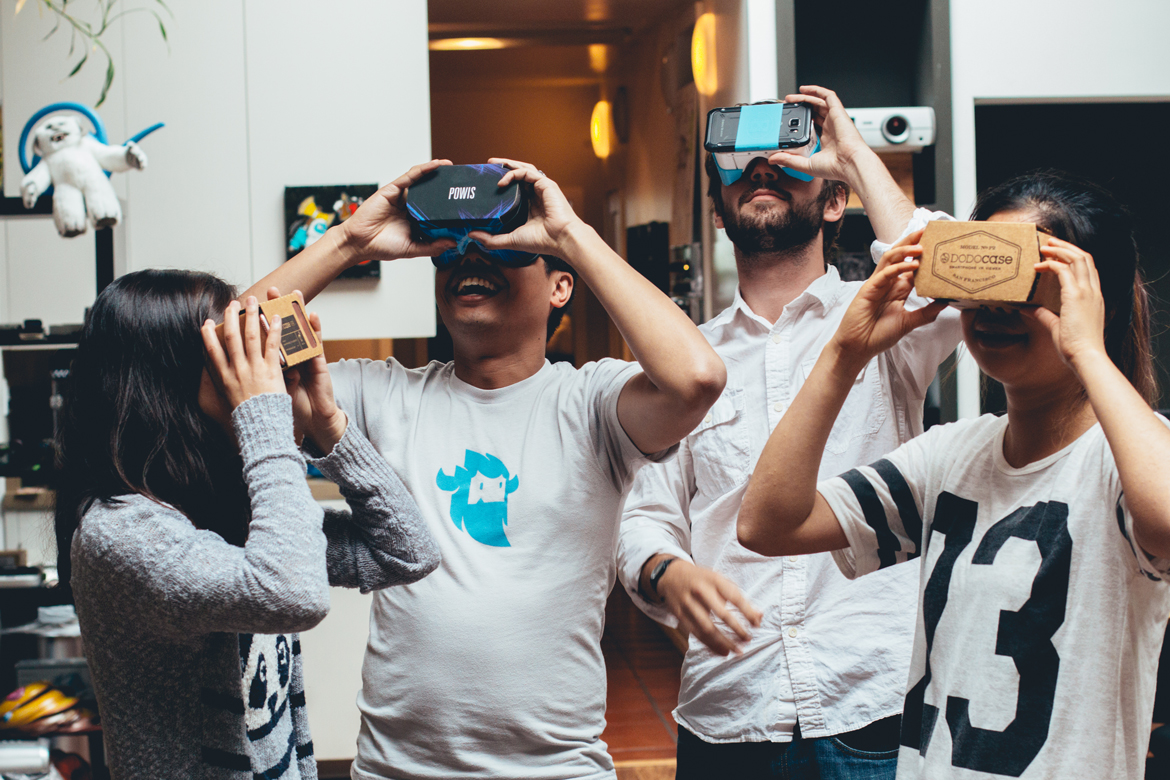
Play testing the app on iOS and Android devices with various mobile VR viewers
Creating Content
Beginning our development, we discovered that sourcing content for the app would be a unique challenge in itself. While initial prototypes utilized free 360-degree images, we found that making our own photospheres from scratch yielded the best results. Having full control over all the objects in a scene and their surrounding environment generated the highest quality and most visually interesting images.
Early stage critique soliciting feedback from the design team
Miniature Dioramas
After getting our hands on a compact 360-degree camera we were excited to begin the time-consuming task of creating miniature dioramas. Using hundred of toys and small objects we created over 10 diverse scenescapes. Not all levels made the final cut but you can see examples of many that did in the timelapse video below.
Timelapse video demonstrating the set up and teardown of various Tiny Eye levels
Although we had a dedicated area to create the dioramas, space was still tight. Accidentally bumping a table and knocking objects over could easily set us back by an hour or more of work.
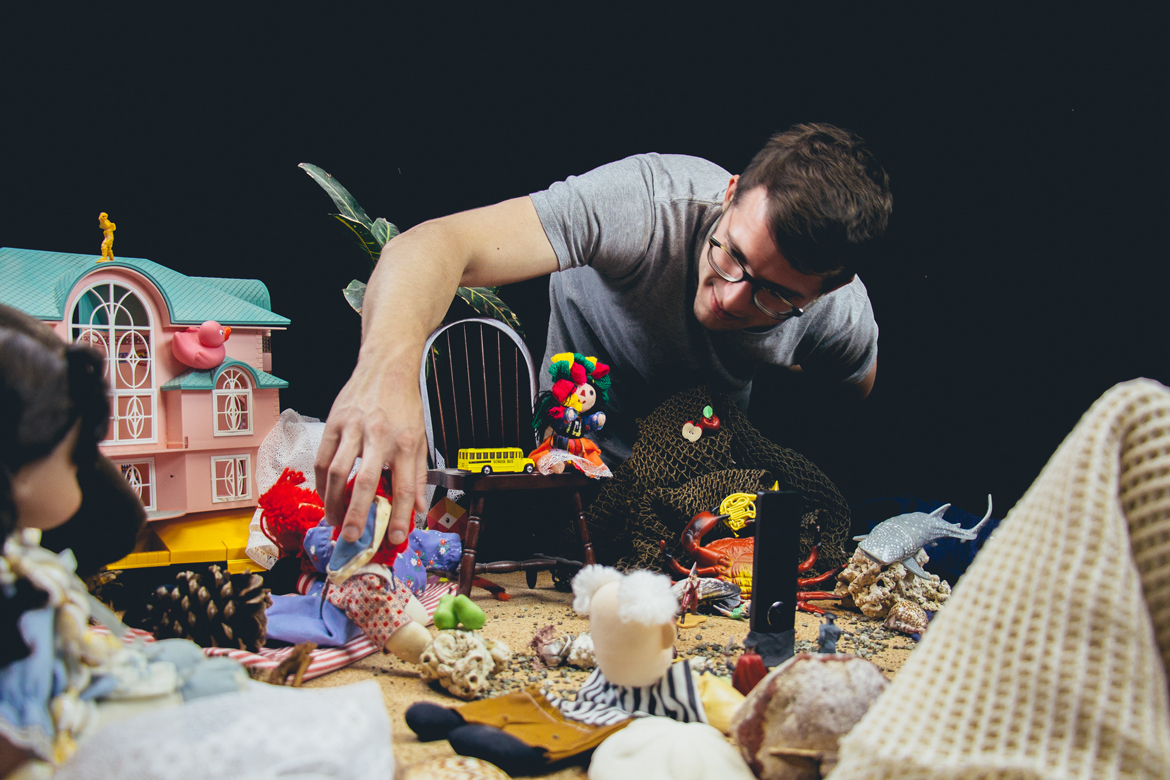
Carefully adjusting the placement of an object in the Pirate Picnic level
It was crucial to continually test the photospheres as we built out our environments. Previously clear lines of sight were easily obstructed as new objects were added and others moved around.
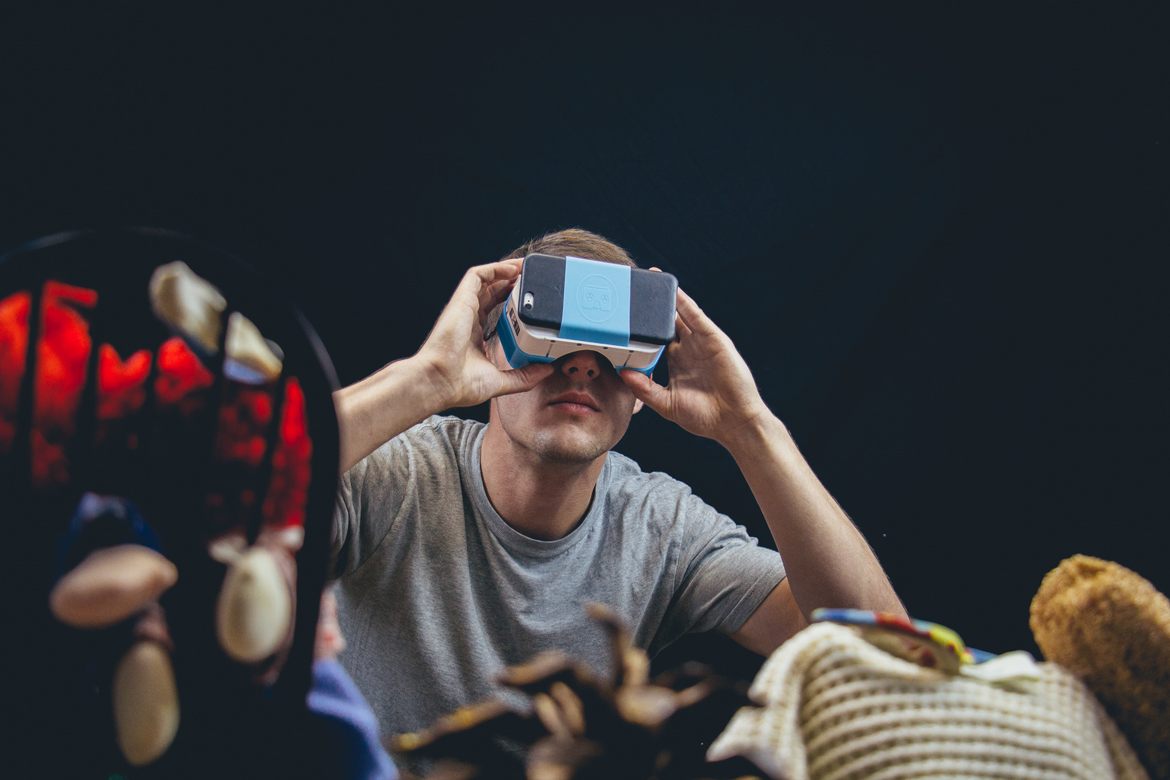
The build process involved taking sample photos every few minutes to maintain object visibility
Branding
Our entire team would often participate in design charrettes, especially if we were working on different projects. Varied perspectives are extremely useful for generating unbiased ideas. We ran one such charrette for Tiny Eye to gather a diverse set of logo directions.
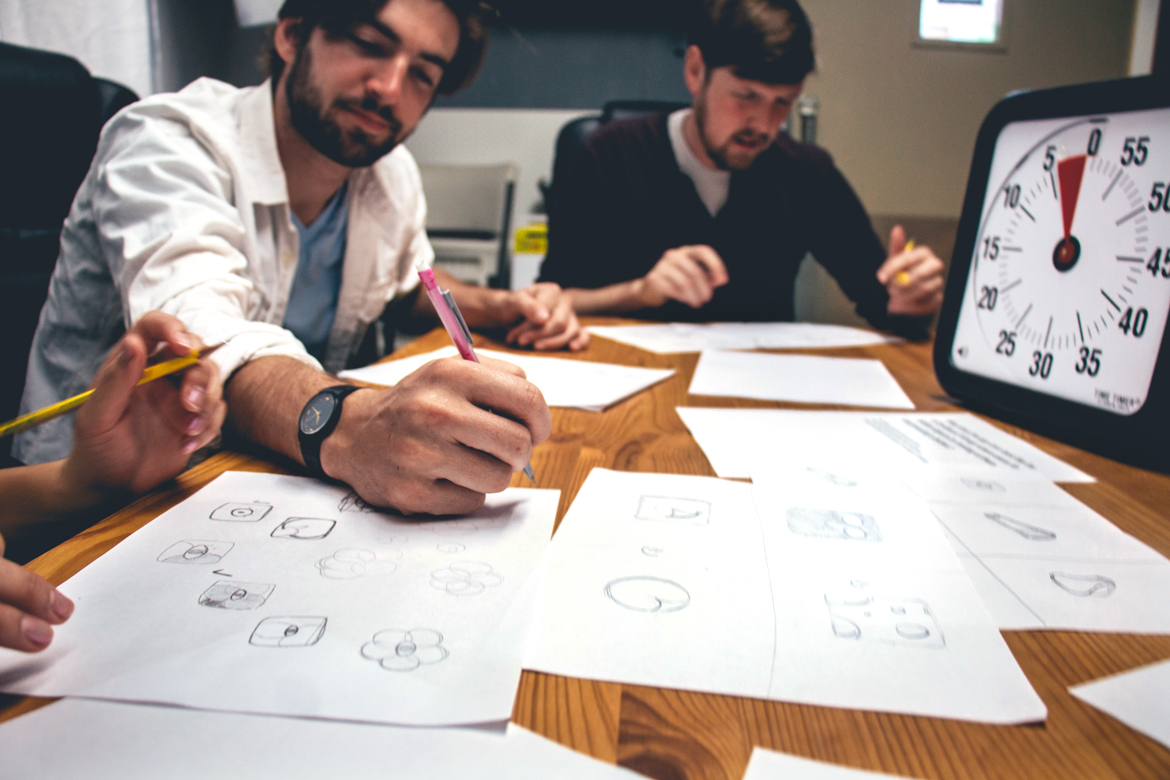
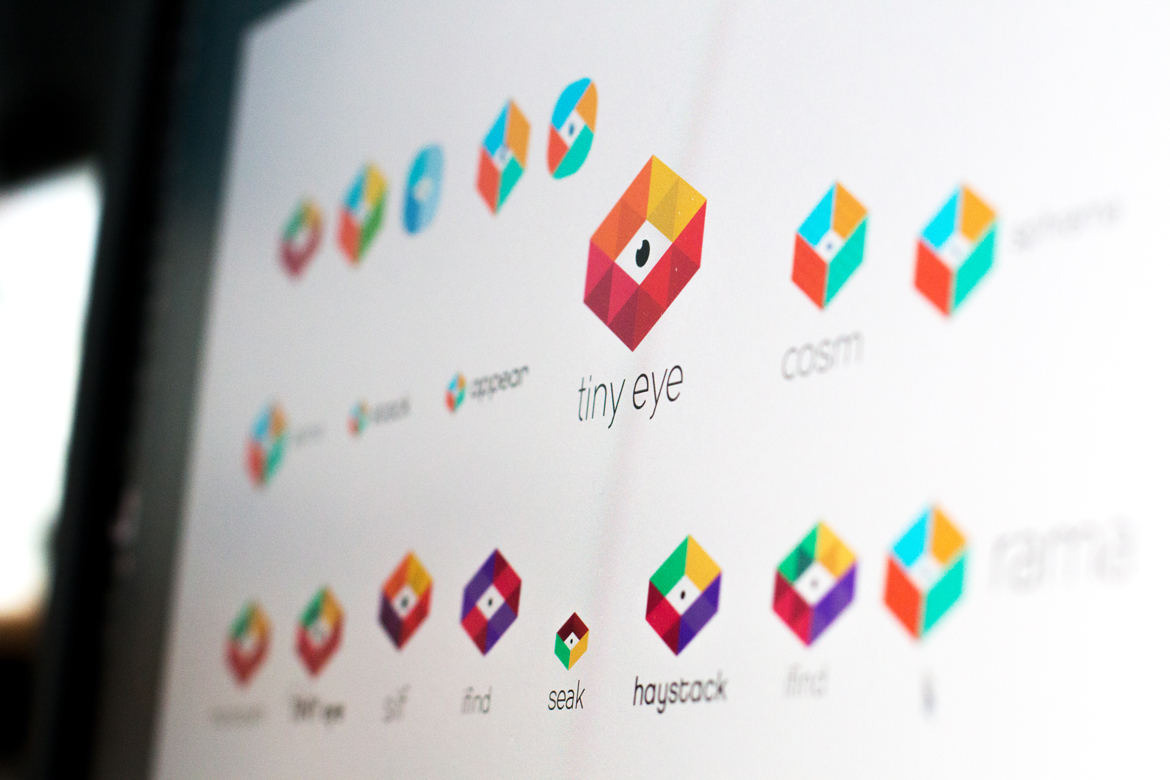
Logo design charrette and brand explorations
After defining goals for the product we rapidly produced as many unique concepts as possible within a limited timeframe. I love to use the Time Timer when facilitating exercises because the highly visual reference point creates an artifical pressure, enabling participants to generate more than they thought they could otherwise.
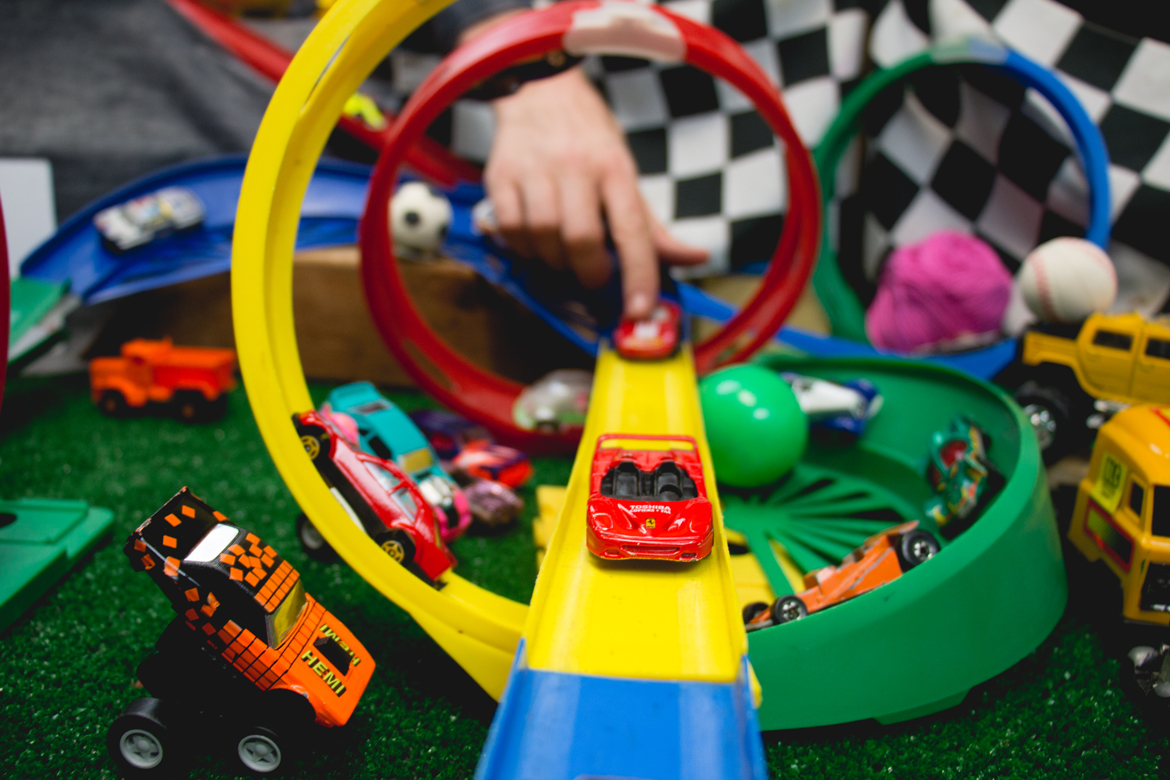
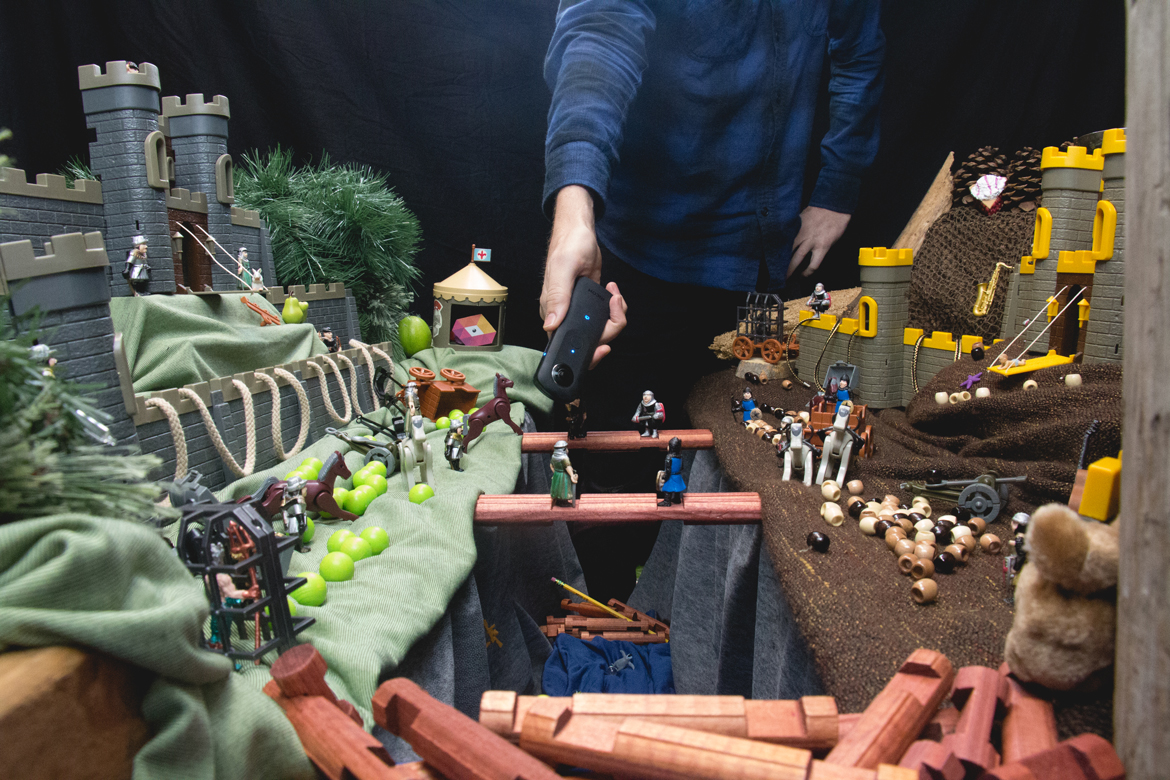
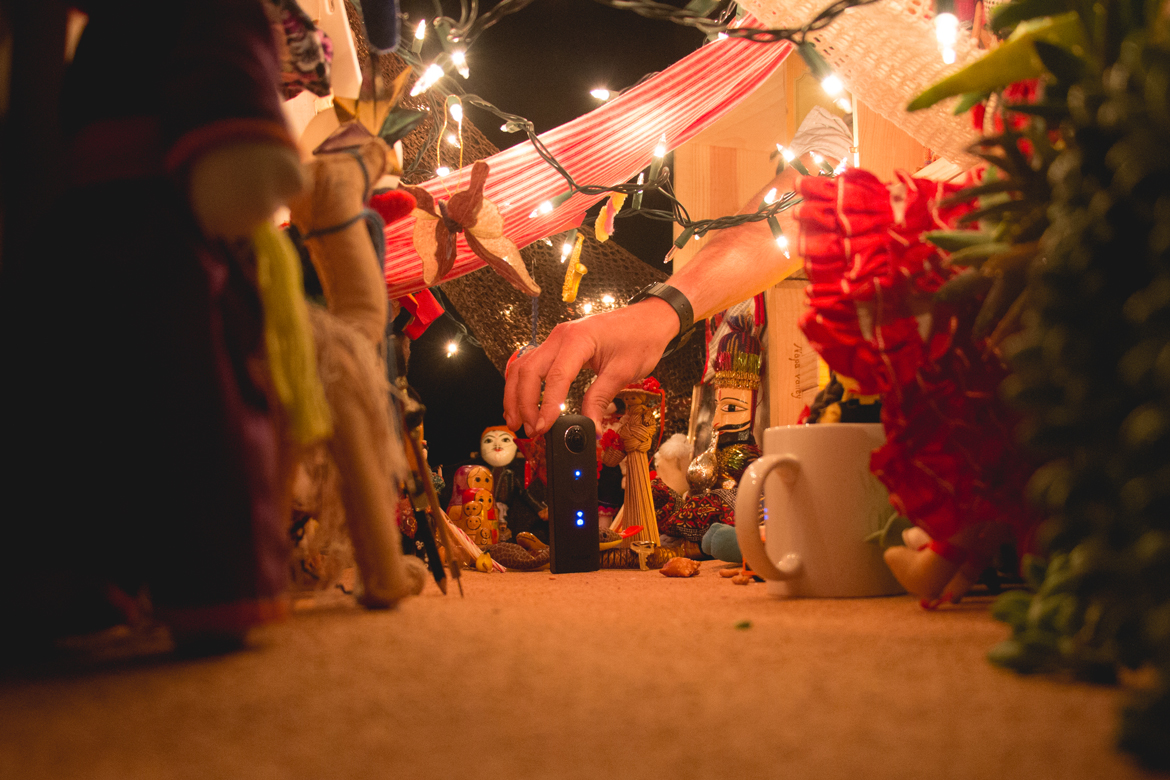
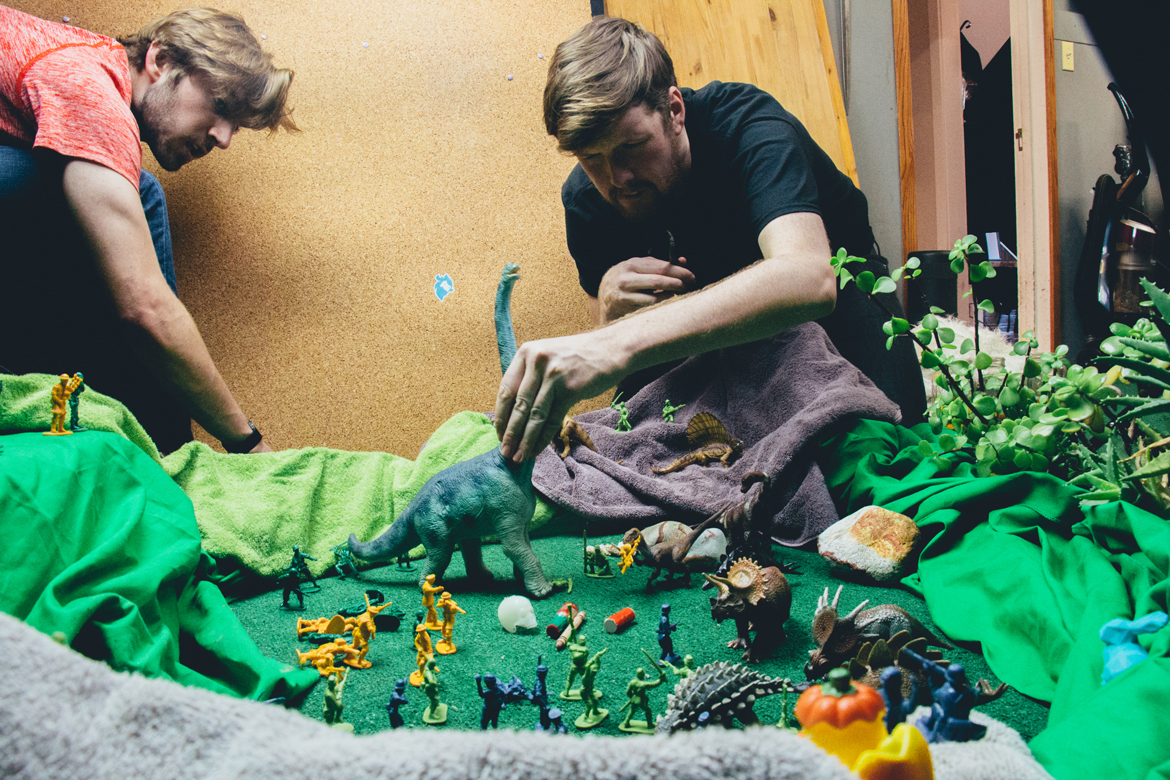
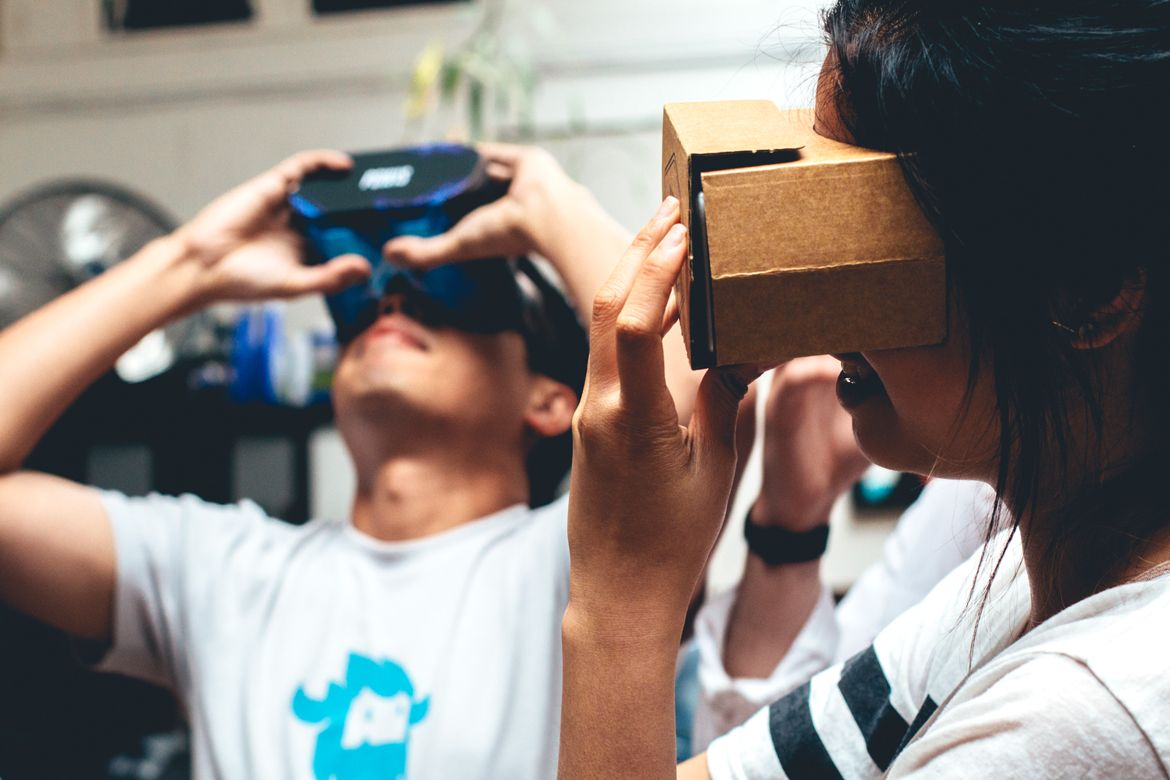
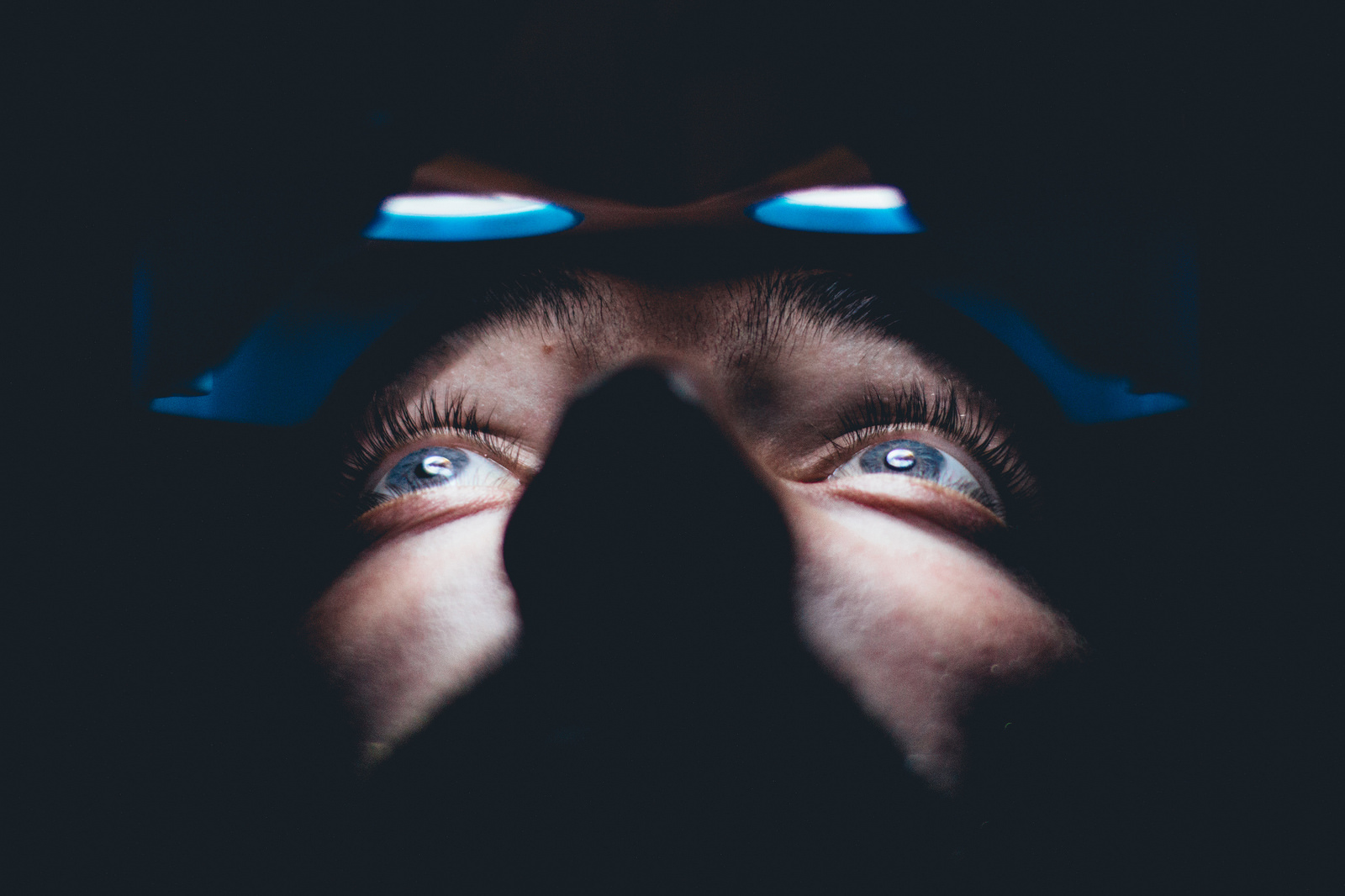
Multi-Sensory Immersion
With a headset against your face and headphones over your ears, Tiny Eye truly become an immersive experience. Including background music in each of our levels also provided an unexpected benefit. We learned that an accompanying audio track can help to deter VR motion sickness. Watch the in-app demo video below to hear a music sample from a beach-themed level with crashing waves and creaking boats.
An example of the Pirate Picnic level in VR mode
Website
Finally the app was ready to launch. One of the final stages involved creating a website for the app. We went through tons of iterations, condensing and simplifying our messaging until it became apparent that all we really needed was a single page landing site.
Landing page for Tiny Eye
After my experience on this project I wrote an article describing key differences between Google Cardboard and Oculus Rift and common reasons consumers had not yet bought into the virtual reality market:
What are the key strategic differences in the product design approach from parent companies Google and Facebook?
Podcast
Following the release of Tiny Eye I also produced a podcast detailing the making-of process from both a design and development perspective. It features conversations between myself, the sole developer on the project and the designer I collaborated with.
Outcome
We were very excited to launch Tiny Eye to the Google Play and Apple App stores. Thousands of people young and old have downloaded the experience. The app has also provided some recurring revenue when people choose to buy additional level packs via in-app purchases. Even without owning a mobile VR viewer you can still give it a try today.
Download App »
